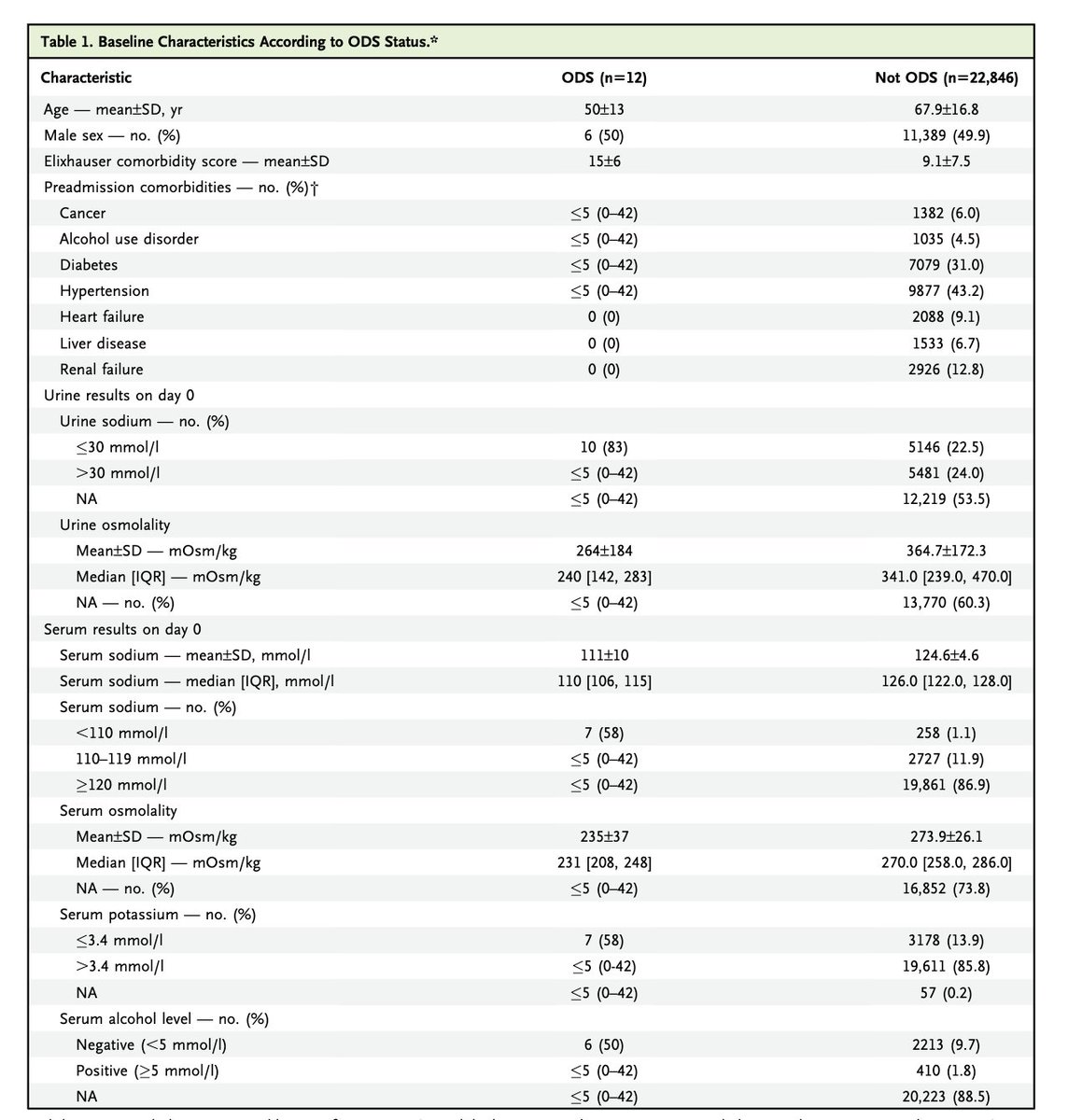removing race and replacing it with height and weight results in a lot of excess bias in both black and white subjects 

Neil Howe of the UCSF is up next
consequences of using race for use of eGFR
280 million creatinine measured in the US every year (and it feels like I order half of them)
I hate this type of thinking. Really in the box thinking. Using eGFR to determine all of these things is not written in stone.
Now showing data that eGFR equations do not seem to be driving the lack of blacks getting listed for transplant.
Really thoughtful discussion about removing the race coefficient. It is ignoring all of the black research participants. It is turning our diverse data collection sources into purely European American participants. Disenfranchises AA research participants.
• • •
Missing some Tweet in this thread? You can try to
force a refresh






























